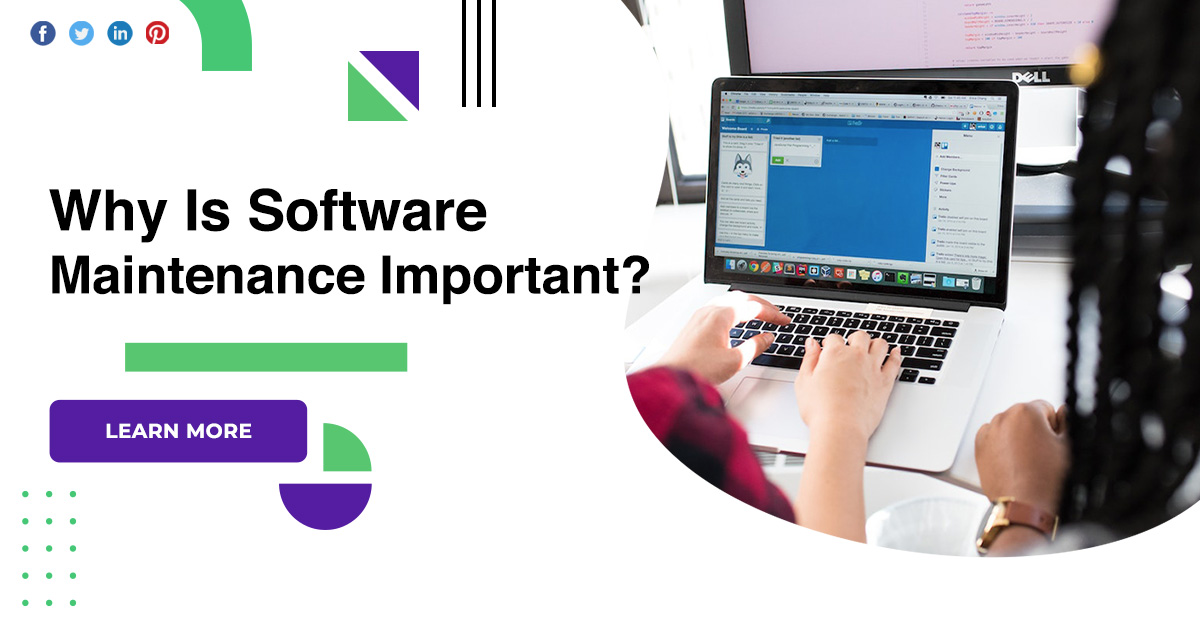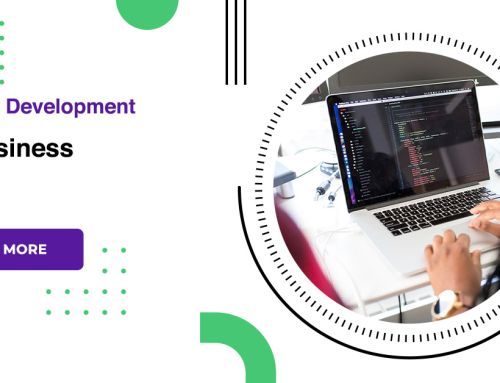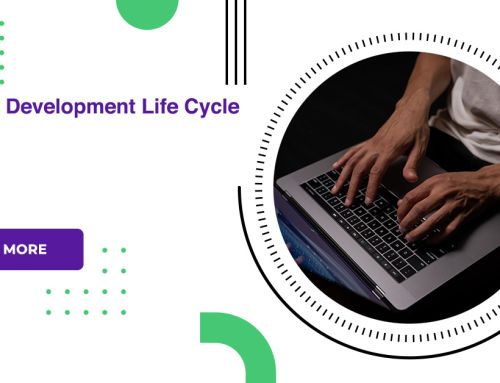Why Is Software Maintenance Important?
Software maintenance is as important as the development itself. If you regularly maintain software, you will ensure your trouble-free use and good performance, less problems and adaptation to changes in the business environment.
Software maintenance important
- Software maintenance is part of the software development life cycle. The purpose of the service is to modify and continuously update.
- Software applications to eliminate all possible errors, malfunctions, to improve work efficiency and better system performance.
- This is a very broad activity that occurs soon after the development is completed.
- It optimizes system performance by reducing errors, eliminating unnecessary development and applying innovations.
Software maintenance types
Corrective maintenance
Corrective software maintenance addresses the errors and faults within software applications that could impact various parts of your software, including the design, logic, and code.
Adaptive maintenance
This becomes when the environment of your software changes. It entails all changes to the system that were not part of its original requirements and specifications.
Perfective maintenance
Fixing issuing pertaining to the performance of your system is a frequent manifestation of perfective maintenance. Perfective software maintenance takes over some of the work, both adding features that can enhance user experience and removing features that are not effective and functional.
Preventive maintenance
The focus of the type of maintenance is to prevent the deterioration of your software as it continues to adapt and change. These services can include optimizing code and updating documentation as needed.
Importance of software maintenance
External market conditions: Policies that change over time taxation and newly introduced constraints such as maintaining bookkeeping, may trigger the need for modification.
Client requirements: Customers may ask for new functions or features in the software.
Host modifications: If any of the hardware or platform of the target host changes, software changes are required to keep adaptability.
Internal organization changes: If there are any business level changes at the client’s end, like the organization venturing into a new business, acquiring another company.
Correction of bugs: The software must work without problems, and a priority. This process includes searching for errors in the code and their correction.
Improving opportunities for a changing environment: It’s essential to improve the current functions and make the system compatible with changing the environment. Increase the system performance using a technically updated solution and regularly using software maintenance services.
Removing outdated functions: The software maintenance guide helps remove such UI and coding elements and replaces it with new development using the latest technologies and tools.
Performance improvement: To improve the system performance, the developers detect the issues through testing and resolve them. Data and coding, along with reengineering, are a part of software maintenance and prevent the solution from vulnerabilities.
Software maintenance activities
Implementation: The new modules are coded using a structured design created during the design step.
System testing: The integration testing is done among the newly created modules. It’s carried out between new modules and the system.
Acceptance testing: After you test the system internally, it is tested for acceptance through users.
Delivery: The final testing is carried out at the client’s end after delivering the software. The training facility is given, if necessary, in addition to the hard copy of the user manual.
Maintenance management: Configuration management is an integral part of system maintenance.
Conclusion
Software maintenance is not an option, it is necessary. You should not subscribe to annual maintenance not understanding the exact need.









